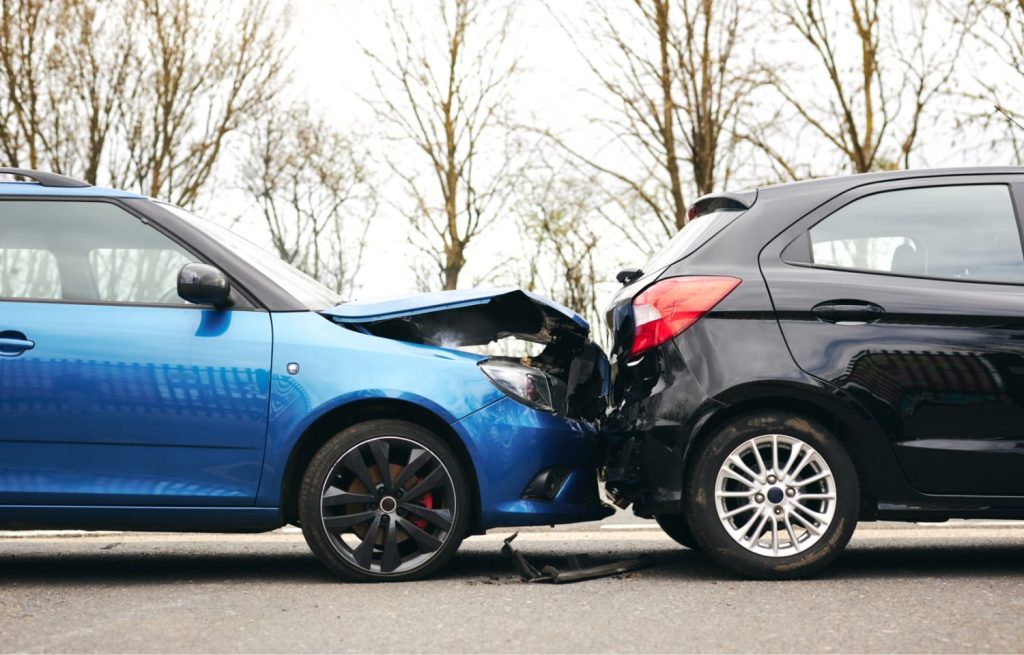The majority of civil lawsuits never see the inside of a courtroom. The parties involved often work out a mutually agreeable settlement to avoid the cost and attention that comes with a trial.
If the parties cannot reach a settlement agreement out of court, then the personal injury lawsuit must be litigated in a courtroom. In court, the injured party or plaintiff must prove that the defendant is responsible for their injuries or losses. This is called the “burden of proof.”
Read on to learn more about what constitutes the burden of proof in Florida personal injury law and how the personal injury attorneys of Olsen Law Firm in Ocala, FL, can assist you in understanding and litigating your civil lawsuit.
What is the Burden of Proof?
The burden of proof, or burden of persuasion, is a legal standard that factors in the amount of evidence available in the case and the quality of the evidence presented. The most common standard of proof in Florida tort law is the preponderance of the evidence.
The preponderance of the evidence requires the plaintiff to prove that their version of the case is “more likely than not” true. The plaintiff, represented by their personal injury attorney, presents testimony from witnesses and physical evidence to satisfy the burden of proof. Then, if the jury concludes that the chance of the plaintiff’s version of the case is at least 51% true, the burden of proof is satisfied.
Types of Evidence
Many different types of evidence may be presented at a civil trial to satisfy the burden of proof, including:
- Physical evidence
- Witness testimony
- Testimony from the parties involved in the case
- Expert testimony
- Financial evidence of damage and loss
- Medical evidence and health care records demonstrating injury or loss
Lawyers may use other types of evidence at a civil trial, and all evidence must meet the Florida Rules of Evidence. It is imperative to consult with a personal injury attorney as soon as possible after you are injured or harmed. Collecting and preserving evidence must be done quickly to ensure the best possible presentation of your case.
Other Standards of Proof
“Probable Cause”
The Fourth Amendment to the U.S. Constitution prohibits unlawful searches and seizures. However, probable cause is the standard burden of proof when lawyers can offer evidence to support the fair probability that authorities will find evidence of a crime or some form of contraband in a particular place.
Probable cause is often used in preliminary criminal hearings to determine if the prosecution has met the burden of proof to proceed to trial.
“Reasonable Suspicion”
Florida constitutional law states that the standard of reasonable suspicion warrants an individual of reasonable caution to consider an action appropriate. The reasonable suspicion standard of proof shows up often in law enforcement-related cases such as traffic stops or searches.
“Clear and Convincing Evidence”
This is the burden of proof for civil trials if punitive damages are possible. To meet this burden of proof, the plaintiff must prove that it is “highly more likely than not” that the defendant engaged in intentional misconduct or gross negligence that resulted in injury or damage to the plaintiff.
“Beyond a Reasonable Doubt”
Of all the standards of proof, this may be the most familiar to fans of legal thrillers or courtroom dramas. In this case, the plaintiff must prove the defendant’s guilt beyond all reasonable doubt based on the evidence and logical reasoning.
Can the Burden of Proof Be Shifted to the Defendant?
In some situations, the burden of proof in a personal injury case may be shifted to the defendant under the legal theory of negligence per se. For this shift to occur, the plaintiff’s personal injury attorney must prove to the court that the defendant committed a criminal act during the negligent breach of duty that resulted in injury or damage.
In addition, that criminal act must be a crime that violates a law in the public interest and that the crime would be punishable criminally if the defendant were convicted.
An Affirmative Defense
Another instance when the defendant may take on the burden of proof is asserting an affirmative defense. An affirmative defense presents additional facts that counter the claims of the plaintiff’s case. Success with an affirmative defense occurs when the defendant can prove the elements of the case are “more likely than not” true.
How to Satisfy the Burden of Proof for a Negligence Claim
Personal injury cases are frequently a result of the defendant’s negligence. Legally, you are guilty of negligence if you did not exercise a reasonable and prudent degree of care in a particular situation. A defendant may be found civilly liable for an individual’s injuries or losses on the grounds of negligence if the plaintiff in the case can prove the following:
- That the defendant was responsible for providing a duty of care (a reasonable and legally obligated manner of acting).
- That the defendant committed a reckless or careless act that breached this duty of care.
- The plaintiff can establish a causal link between the defendant’s behavior and the plaintiff’s injury.
- That the plaintiff suffered demonstrable losses related to the negligent act, such as emotional distress, physical injury, medical expenses, or lost wages.
If the plaintiff cannot prove that the breach of duty caused their injury or loss, they may not win the case. Therefore, the causal link is one of the most critical aspects of Florida personal injury lawsuits.
Why You Need a Personal Injury Attorney in Ocala, FL
It can be challenging to meet the burden of proof in a personal injury case, even those standards of proof that are relatively low. Personal injury attorneys such as the experienced team at Olsen Law Firm can help you satisfy the burden of proof and pursue fair compensation for your injuries and losses.
After more than 30 years of representing the people of Ocala, FL, in their personal injury lawsuits, Pam Olsen, Esq., and her dedicated legal team are ready to help you navigate the complexities of the justice system. Call us at (352) 671-9777 to schedule a consultation with a personal injury attorney and review your case. Or if you prefer, you can complete this simple contact form and she will be in touch right away.
 CALL US NOW
CALL US NOW




